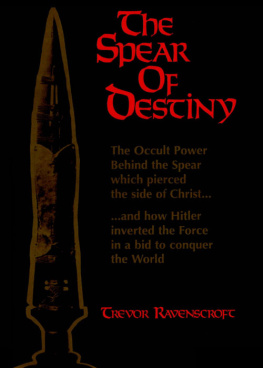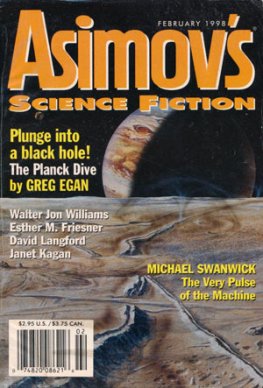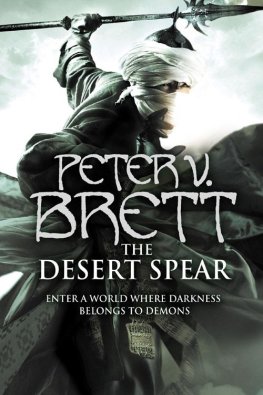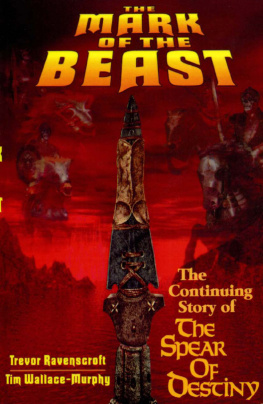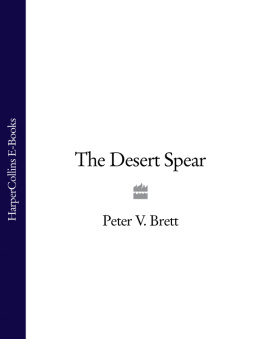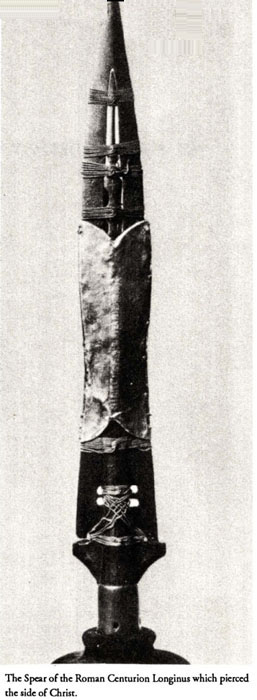

First American paperback edition 1982 by
Red Wheel/Weiser, LLC
York Beach, ME
With offices at:
368 Congress Street
Boston, MA 02210
www.redwheelweiser.com
Copyright 1973 The Estate of Trevor Ravenscroft
All rights reserved. No part of this publication may be reproduced or transmitted in any form or by any means, electronic or mechanical, including photocopying, recording, or by any information storage and retrieval system, without permission in writing from Red Wheel/Weiser, LLC. Reviewers may quote brief passages.
First published in Great Britain, 1973
First American edition, 1973
Library of Congress Catalog Card Number: 82-60165
ISBN 0-87728-547-0
TCP
08 07 06 05 04 03 02
18 17 16 15 14 13 12
www.redwheelweiser.com
www.redwheelweiser.com/newsletter
If the women would not take it for flattery, I would add further unknown words to this story for you, I would continue the adventure for you. But if anyone requests me to do so, let him not consider it a book. I do not know a single letter of the alphabet. Plenty of people get their material that way, but this adventure steers without books. Rather than have anybody think it is a book, I would sit naked without a towel, the way I sit in the bathif I did not forget the fig leaf.
Parsival: Wolfram von Eschenbach.
CONTENTS
Part I
TALISMAN OF POWER AND REVELATION
Part II
THE MAN WHO WAS SMOOTH BETWEEN THE LEGS
Part III
THE BLOOD AND THE ASHES
Illustrations will be found following page 170.
PROLOGUE
THE MOULD OF A LEGEND
But one of the soldiers with a spear pierced his side, and forth-with came there out blood and water.
And he that saw it bare record, and his record is true: and he knoweth that he saith true, that ye might believe.
For these things were done that the scripture should be fulfilled, a bone of Him shall not be broken.
And again another scripture saith, They shall look on Him whom they have pierced.
Saint John 19, 3437
In the final chapters of the Gospel of Saint John it is told how a soldier pierced the side of Christ with a Spear. The name of this soldier was Gaius Cassius and he attended the crucifixion as the official Roman representative for the Pro-Consul, Pontius Pilate. Cataracts in both eyes prevented this veteran officer from battle service with his Legion and instead he reported on the religious and political scene in Jerusalem.
For two years Gaius Cassius had followed the activities of a certain Jesus of Nazareth who claimed to be the Messiah and looked like undermining the authority of the Roman occupation of Israel.
The Roman centurion watched the Legionaries carry out the execution of Jesus Christ and like them, too, he was impressed by the courage, dignity and bearing of the Nazarene on the Cross.
Isaiah had prophesied of the Messiah, A bone of Him shall not be broken. Annas, the aged advisor to the Sanhedrin, and Caiaphas, the High Priest, were intent on mutilating the body of Christ to prove to the masses of the people that Jesus was not the Messiah, but merely a heretic and potential usurper of their own power.
The hours were passing and this presented the excuse they needed. For Annas was an authority on the Law, and the Jewish Law decreed that no man should be executed on the Sabbath Day. Straightway, they petitioned Pontius Pilate for the authority to break the limbs of the crucified men so that they should die before dusk on that Friday afternoon (5th April, 33 A.D.).
A party from the Temple Guard was sent out for this purpose to the mount on Golgotha, which means the Place of the Skull. At their head, the Captain carried the Spear of Herod Antipas, King of the Jews, which was the symbol of the authority to perform the act; or else the Roman soldiers would not have permitted him to lift a finger to the men when he reached the place of execution.
Phineas, the ancient Prophet, had caused this Spear to be forged to symbolise the magical powers inherent in the blood of God's Chosen People. Already old as a talisman of power, it had been raised in the hand of Joshua when he signalled his soldiers to shout the great shout which crumbled the walls of Jericho. The very same Spear was hurled at the young David by King Saul in a fit of jealousy.
Herod The Great had held this insignia of power over life and death when he ordered the massacre of the innocent babes throughout Judea in his attempt to slay the Christ child who would grow up to be called the King of the Jews. Now the Spear was carried on behalf of the son of Herod The Great, as a symbol of authority to break the bones of Jesus Christ.
When the party from the Temple Guard arrived at the scene of crucifixion the Roman soldiers turned their backs in disgust. Only Gaius Cassius remained to witness how these vassals of the High Priests clubbed and crushed the skulls and limbs of Gestas and Dismas nailed to Crosses on either side of Jesus Christ. The Roman centurion was so repelled by the sight of the dreadful mutilation of the bodies of the two thieves and so touched by Christ's humble and fearless submission to the cruel nailing that he decided to protect the body of the Nazarene.
Charging his horse towards the high central Cross, the Roman centurion thrust a Spear into the right side of Jesus Christ, piercing the chest between the fourth and fifth ribs. Such a manner of piercing was the custom of Roman soldiers on the field of battle when they sought to prove that a wounded enemy was dead; for the blood no longer flows from a lifeless body. Yet forthwith came there out blood and water, and, in this moment of the miraculous flowing of the redemptive blood of the Saviour, the failing sight of Gaius Cassius was completely restored.
It is not known whether this veteran officer grasped the talisman of power from the hands of the Israelite Captain to perform this deed, or whether he carried out this spontaneous act of mercy with his own Spear. There is no historical proof to indicate with which weapon it was that he unwittingly fulfilled the prophecy of Ezekiel: They shall look upon Him whom they have pierced.
In the Temple where Caiaphas and Annas awaited news of the mutilation of the body of the Messiah, the Veil of the Holy of Holies was rent from top to bottom to expose the Black Cube of the Old Covenant which now split along its edges to open out into the form of the Cross. The imageless cult of Jehovah was ended; the religion of the Open Heavens had begun.
The Spear, like a catalyst of revelation, furnished the living proof of the resurrection for the physical wound from its tapering point was mysteriously sealed upon the risen Christ when he appeared to the spiritual vision of his gathered Apostles. Only the doubting Thomas, trusting solely to the outer appearances of physical sight, failed to perceive the God-Man who passed through closed doors to appear to him.
Then saith He to Thomas, Reach higher thy finger, and behold my hands; and reach hither thy hand, and thrust it into my side: and be not faithless but believing.
Because the earthly wounds from the Spear and the nailing appeared upon the Phantom Body of the risen Christ, the first Christians believed that had his bones been shattered on the Cross, the Resurrection as we know it could never have been accomplished; for this was the meaning they attributed to the mysterious words of Isaiah: A bone of Him shall not be broken.
Next page
